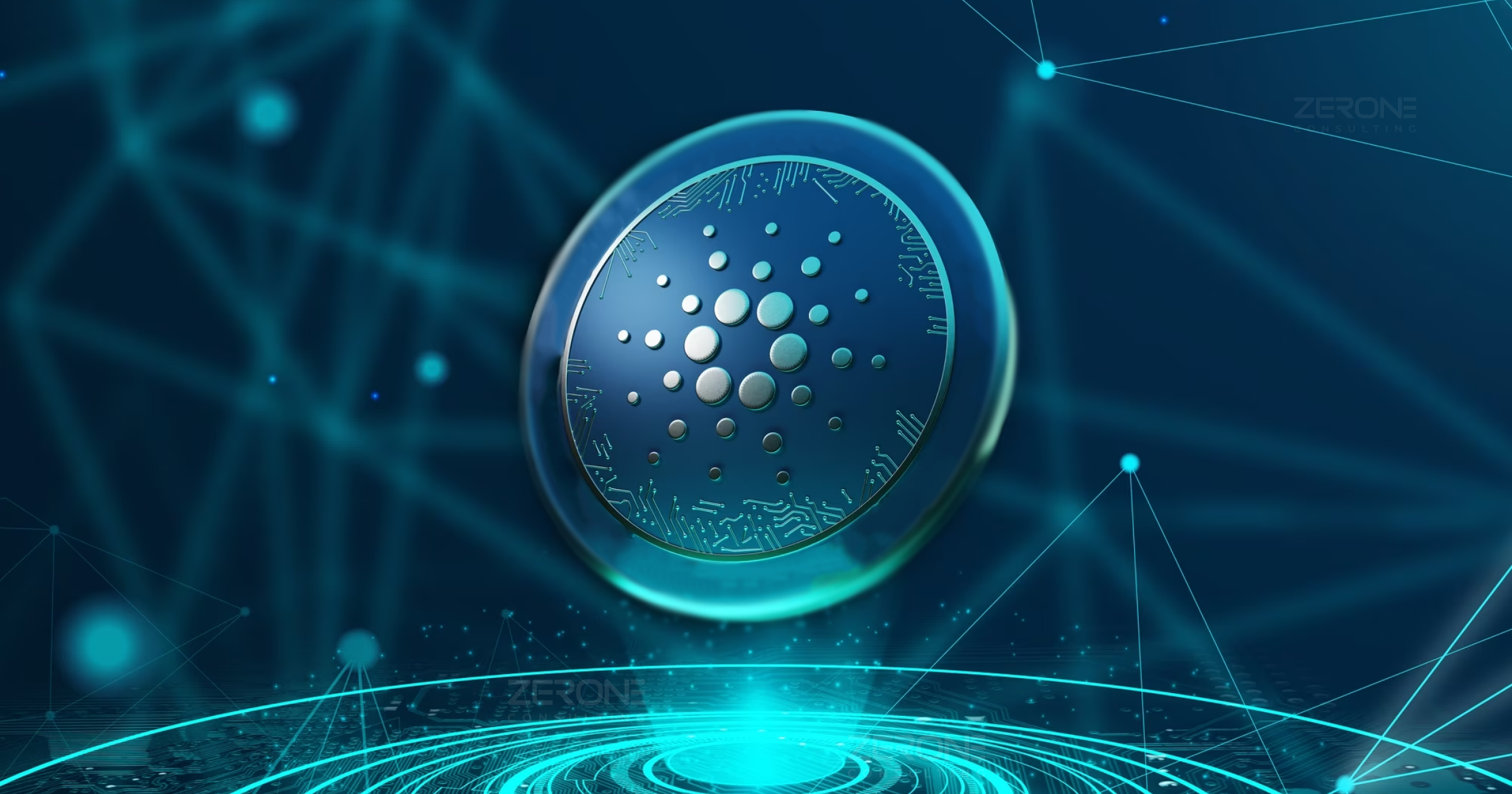How Blockchain Sets the Stage for Internet of Secure Things
“How secure are our connected devices and appliances?” As we race rapidly into the edge of hyper connectivity, we are often thronged by this question. Not to forget the recent havocs wreaked in by the DDoS attacks, the WannaCry ransomware and the Mirai botnet malware. Connectivity increases, so does the data breaches, ransomwares, cyber-attacks, and code hacks. All these incidents point towards one – “Security”- the key factor that impedes the growth and adoption of IoT in enterprises.
Organizations around us are looking for affordable, feasible and instant solutions to combat the IoT security challenges. Numerous solutions swarming the IT market, one area that is gaining rapid traction today is the application of Blockchain. The question now is, how can Blockchain be a game changer for IoT security?
Why pursue Blockchain?
The ultimate goal of every technology is to deliver better customer experience. Internet of Things has been doing this for quite some time, creating both opportunity and disruption. However, the enterprise faith on IoT vary from each other, since many don’t have the in-house skills to manage the security risks posed by IoT.
At this point, what can Blockchain do?
Enter Blockchain, the nascent, yet fast maturing technology to:
-
secure your IoT data,
-
simplify business processes,
-
enhance customer experience, and
-
achieve significant cost efficiencies.
Not just that, Blockchain-based IoT solutions have the potential to change the world more than what we could imagine.
How Blockchain secures IoT?
The frenzied growth of IoT throws several challenges including identifying, connecting, securing and managing numerous devices. The current infrastructure and architecture as well as the online services need to be optimized to support the future IoT ecosystems.
Blockchain enables IoT systems to move away from the traditional networking paradigm, where devices rely on a central cloud server to identify and authenticate individual devices.
The Blockchain security model offers several advantages to IoT.
Distributed ledger and decentralized architecture:
In Blockchain, data is automatically stored in multiple locations, and is always accessible to users. It is a public ledger of data entries, where every addition, deletion and modification of data is recorded, signed and confirmed by the entire network. Blockchain maintains a chain of complete events, ensuring transparent storage and processing of data.
Blockchain can overcome the disadvantages of the inherently distributed security architecture of IoT. In IoT, all trust requests are gathered into a single location, often compromising security. The distributed ledger of Blockchain eliminates the single source of failure within the ecosystem, protecting IoT device data from tampering.
Eliminate the need of intermediaries:
In a Blockchain-based IoT solution, instead of depending on a third party for establishing trust, the IoT sensors can exchange data securely through Blockchain. Absence of an intermediary also reduces the deployment and operation costs in IoT. Within a Blockchain, IoT devices are directly addressable, which enables quick troubleshooting, with immediate access to the history of connected devices.
Seamless and secure data transfer:
As the number of IoT devices shoot up, enterprises often lack the authentication standards essential to keep user data safe. This leaves the door open for hackers to penetrate through the wide range of IoT devices, and damage the infrastructure. Implementing Blockchain facilitates IoT device identification, authentication and seamless and secure data transfer. Using Blockchain, IoT sensors can safely exchange data, avoiding intermediaries for establishing trust. Blockchain can be used to track sensor data measurements. It has the ability to prevent duplication with any another malicious data.
Granting device autonomy:
Internet of Things is a pervasive system, consisting of devices and sensors that are directly embedded into physical environment or objects known as ‘things’. They gather information from physical environments and convert it into digital information (data), which is carried over the internet to various applications integrated to the IoT network. The pervasive nature of IoT requires the devices to be smart and autonomous, and work independently without any human intervention. Blockchain applications such as smart contracts enable complete device autonomy to ‘things’, through its consensus based working model. These are highly secure and self-executing contracts that update ledger status through agreed means.
Support for shared economy:
Internet of Things is an aggregation of technologies that facilitate data collection, remote monitoring and device controlling. Going forward, IoT will aim at accomplishing complete autonomy with respect to interactions, operations and transactions occurring between connected devices. Blockchain-powered IoT reinforces a shared economy based on machine-to-machine (M2M) communications. Blockchain will serve as the backbone of M2M interactions by creating a secured, independent and democratized platform, making sure that all parties involved play fair and no single entity overrules the other.
IoT has a promising future with Blockchain
Today, many interesting use cases are appearing in Blockchain and IoT. One example is that of the Trusted IoT alliance, an open source group that advocates the application of Blockchain to secure IoT systems. The alliance is formed to advance the development of Blockchain-enabled IoT initiatives. Industries such as retail, pharmaceuticals, banking and insurance already use Blockchain to leverage operations that demand more trust and security.
Notwithstanding the challenges such as consensus models and the computational costs of verifying transactions, Blockchain holds a promising future for IoT. The technology will open up a whole new business model, where each device or node on a network could operate itself as a self-reliant microbusiness.
Related read: Emerging Trends in IoT.
We appreciate your comments on this post. Share your thoughts and opinions in the Comments section below.
We can help!



